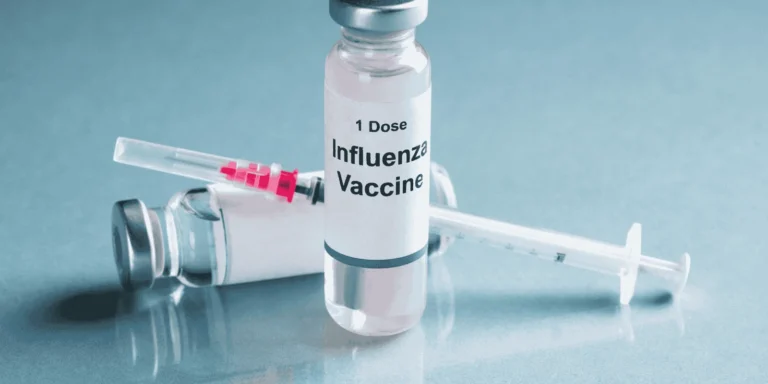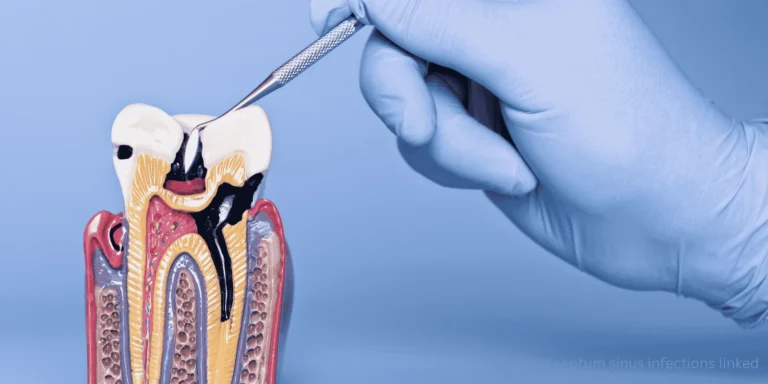Several underlying health conditions significantly increase UTI risk by compromising the body’s natural defense mechanisms or creating environments where bacteria can thrive.
Diabetes is one of the biggest risk factors I see in practice. High blood glucose levels create ideal conditions for bacterial growth in urine. Additionally, diabetes can damage nerves controlling bladder function, leading to incomplete emptying and urinary retention—perfect conditions for infection.
Kidney stones and other urinary tract obstructions prevent complete bladder emptying, allowing bacteria to multiply in stagnant urine. Even small stones that don’t cause symptoms can create rough surfaces where bacteria can attach and grow.
In men, enlarged prostate (BPH) is a major risk factor. As the prostate grows, it can obstruct urine flow, leading to retention and incomplete bladder emptying. This creates the same stagnant environment that bacteria love.
Autoimmune conditions and immunosuppressive medications weaken the body’s ability to fight off bacterial invasions. Patients with conditions like lupus, rheumatoid arthritis, or those taking steroids or chemotherapy are at higher risk.
Neurological conditions affecting bladder control—such as multiple sclerosis, spinal cord injuries, or stroke—can prevent complete bladder emptying and reduce sensation, making it harder to detect early UTI symptoms.
Structural abnormalities of the urinary tract, whether congenital or acquired, can create areas where urine pools or flows abnormally, increasing infection risk.
Chronic kidney disease alters normal kidney function and can affect the body’s ability to clear bacteria from the urinary system.
Pregnancy creates UTI risk through hormonal changes that relax the urinary tract muscles and the physical pressure of the growing uterus on the bladder.
If you have any of these conditions and are experiencing UTI symptoms, ChatRx can help determine if your underlying condition requires special treatment considerations or preventive strategies.











